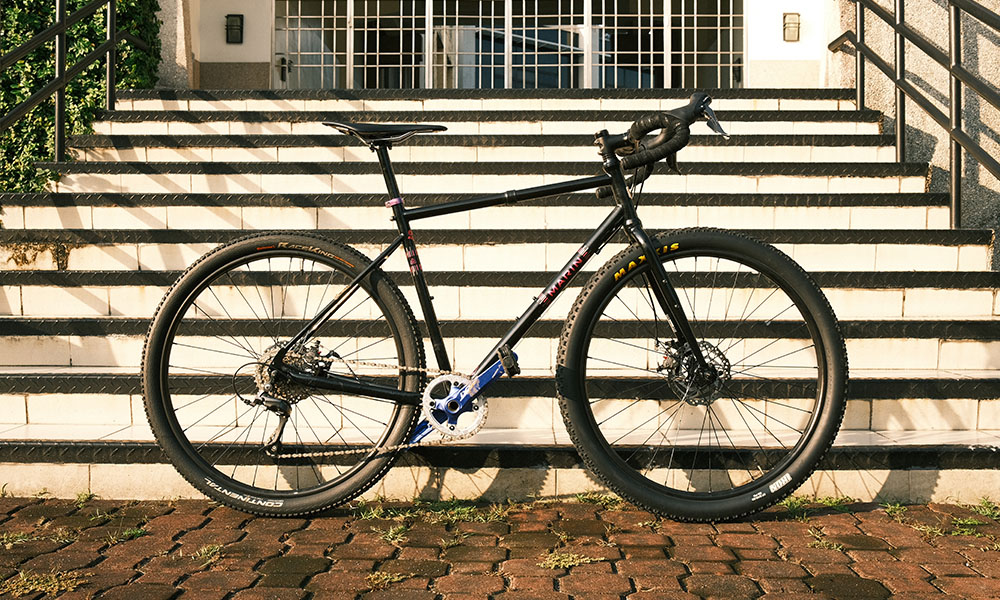
“The bike is good, but it can be better.”
While going through Instagram Stories, I came across this parody of a meme from Wonder Woman 1984. And this pretty much encapsulates the culture of budol and upgraditis.
I’ve owned my Marin Nicasio for over a year now, and so much has changed that it’s hardly recognizable from when I first got it. I could go in-depth over the individual upgrades, but that would be too long for a single article. Instead, here are five things I learned from modifying my bicycle.
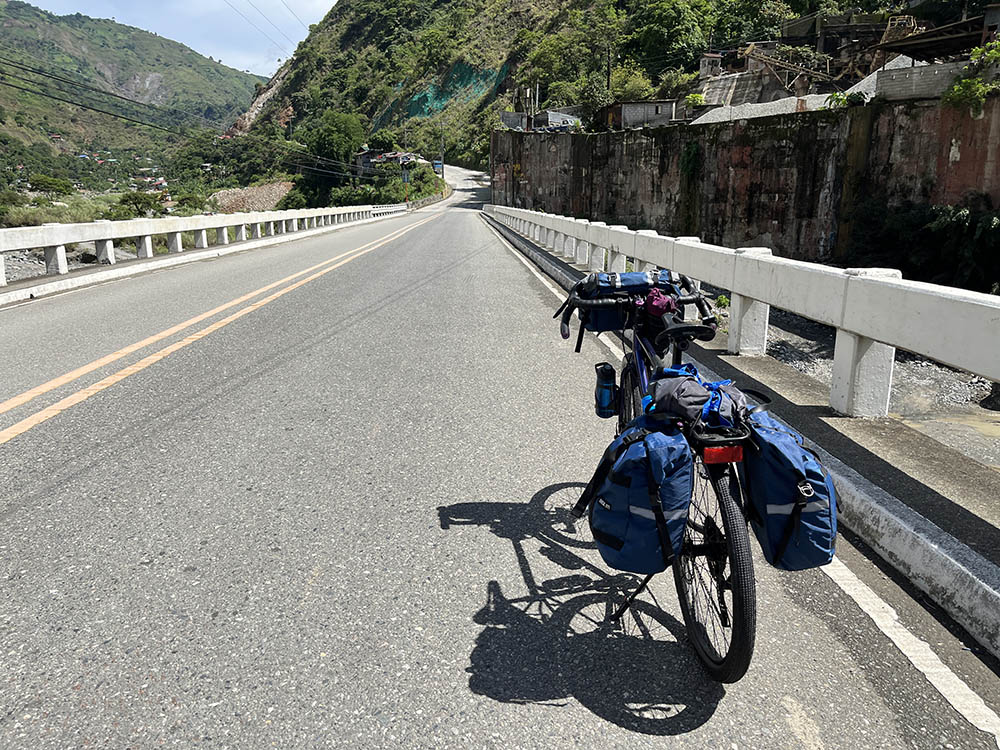
1. You learn about your needs best through experience. Doing your research is good, but going through spec sheets can only get you so far. And you can memorize every single detail about all sorts of parts, yet not have a clue on what’s best for you.
That’s why it’s important to keep on riding, especially in different conditions. It’s also good to ask around and try different kinds of bikes as various builds can teach you something about your needs and preferences.
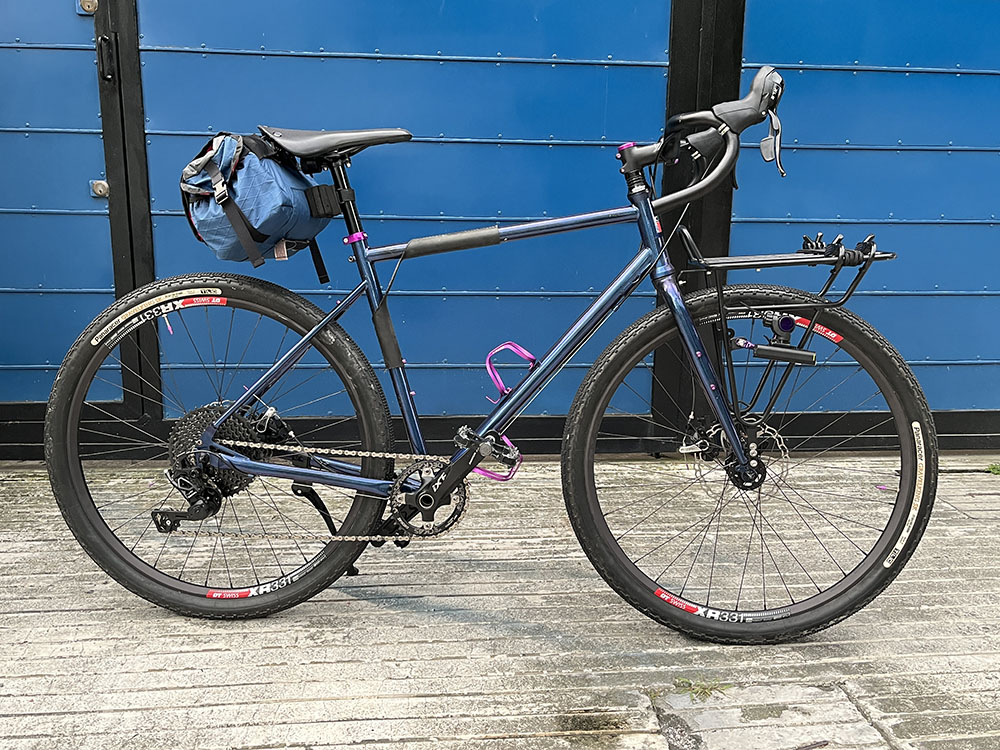
2. Gains are marginal. The law of diminishing returns essentially states that the more you spend on something, the less benefits you get in return. At this point, I’ve modified practically everything on my steel gravel bike.
The moment it got the right gearing for the hilly terrain of Kapitolyo, the rest of the improvements were incremental. The difference isn’t worth more than the sum of the parts.
This is especially true when it comes to weight. There’s nothing wrong with wanting a lighter bike, even if you don’t compete. But any reduction will be nullified the moment the bike is loaded with cargo.
So, weigh the cost before acting like a weight weeny.
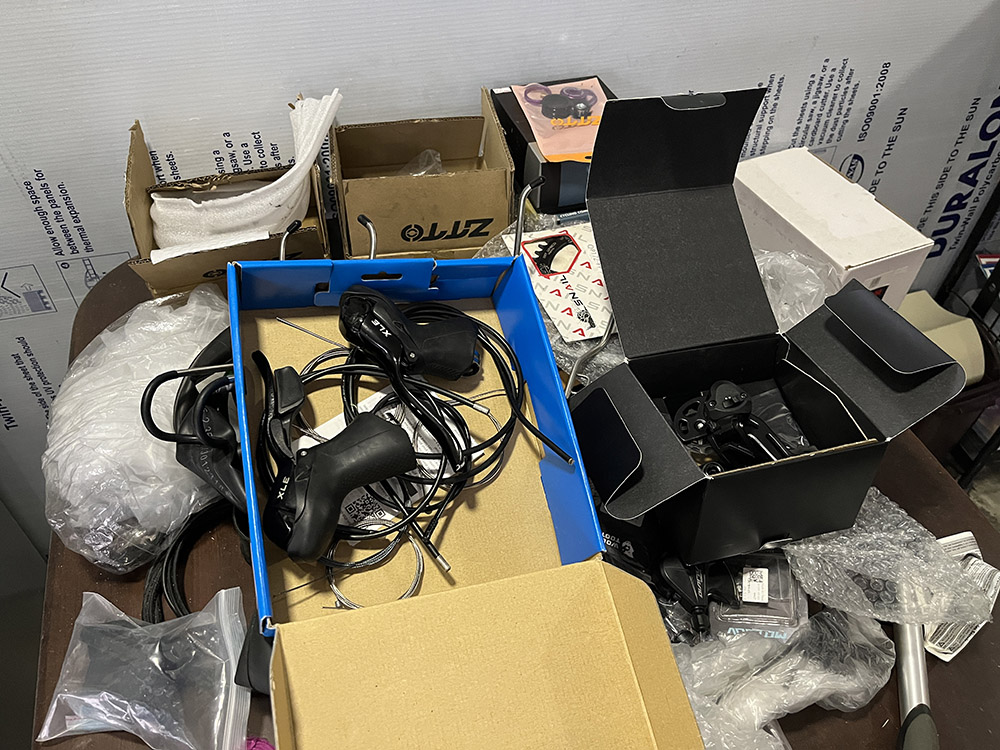
3. The fewer purchases that have to be made, the better. With the previous point in mind, you’ll be able to save more spending on a beefier upgrade than multiple smaller ones—if you have the budget. That’s because, for every new purchase, you’ll end up with used parts that will only sell for dirt cheap (or might be better off donated to needy bikers).
This doesn’t mean that going for high-end components is always the wisest choice, because not everyone needs them. But if the benefits justify the price difference, then it’s okay, especially if you frequently ride your bike.
For example, while getting the Microshift Advent XLE for P14,000 was my most substantial upgrade, I could have gone straight away for a pair of Shimano 105 shifters (P10,000), a Shimano GRX rear derailleur (P5,000), and a lightweight Ztto cassette (P5,000) had I known better. The latter is P6,000 more expensive, but the improvements in ergonomics, shifting, and weight are significant enough for the long term. And I wouldn’t have had to spend almost twice the amount of the cheaper upgrade.
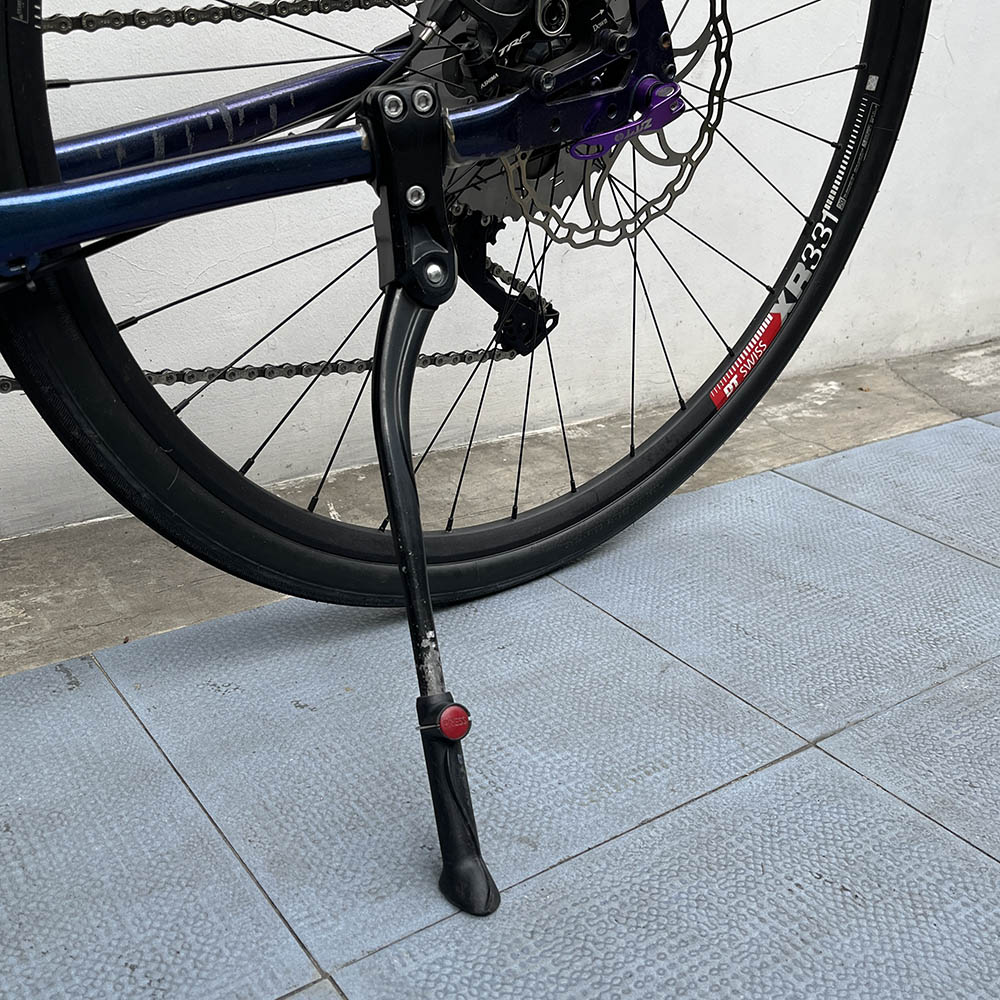
4. Comfort and convenience are king. While not everyone needs the fastest or the lightest bike, the one thing everyone can appreciate is a comfy ride. So, you can’t go wrong with upgrading the contact points on your bike. After all, if you’ll be spending hours on the saddle sweating under the sun, you’ll want to make the experience more bearable.
This also applies to commuting accessories such as racks, bags, and a kickstand. Anything that reduces annoyances—such as having to wear a backpack (which only makes you sweat more) or having to find something to lean your bike on—will make the riding experience more enjoyable.
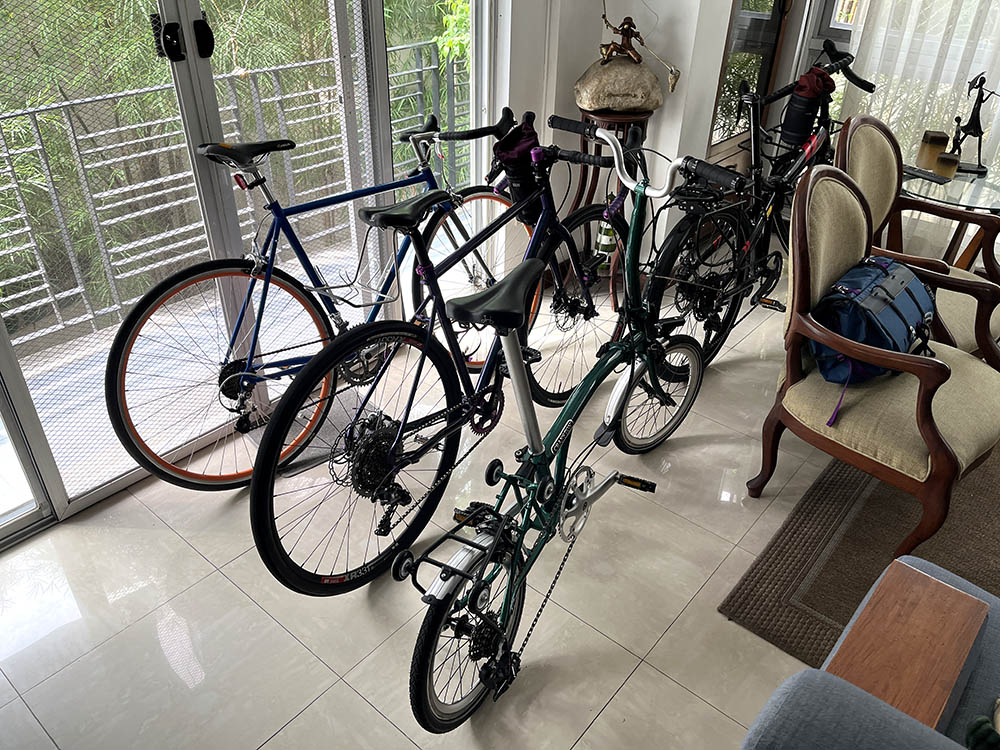
5. You don’t need to own every kind of bicycle out there. There’s this idea that the number of bicycles you should have is equal to N+1, with N being the number of bikes you currently own. It seems like it makes sense as there isn’t a single bicycle that’s perfect for everything, and there’s always going to be a niche that your stable doesn’t cover.
You don’t bring a road bike to the trail, and you don’t expect to win any road races with a mountain bike. But what if you don’t like going off-road or have no plans of competing?
Once the rainy season began earlier this year, my riding time was severely reduced by the bad weather. And this made me reconsider which of my bicycles were worth keeping given the limited opportunities to use them.
So, I realized that I only needed two: a trifold for commuting, and a gravel bike for leisure rides. My other bicycles were fine on their own, but because they were overshadowed for both purposes, they remained stuck in the house.
If you can have only one bicycle that meets your needs, good. It will be even better if it’s the one you have right now, and best if there isn’t any need to upgrade at all.


0 Comments